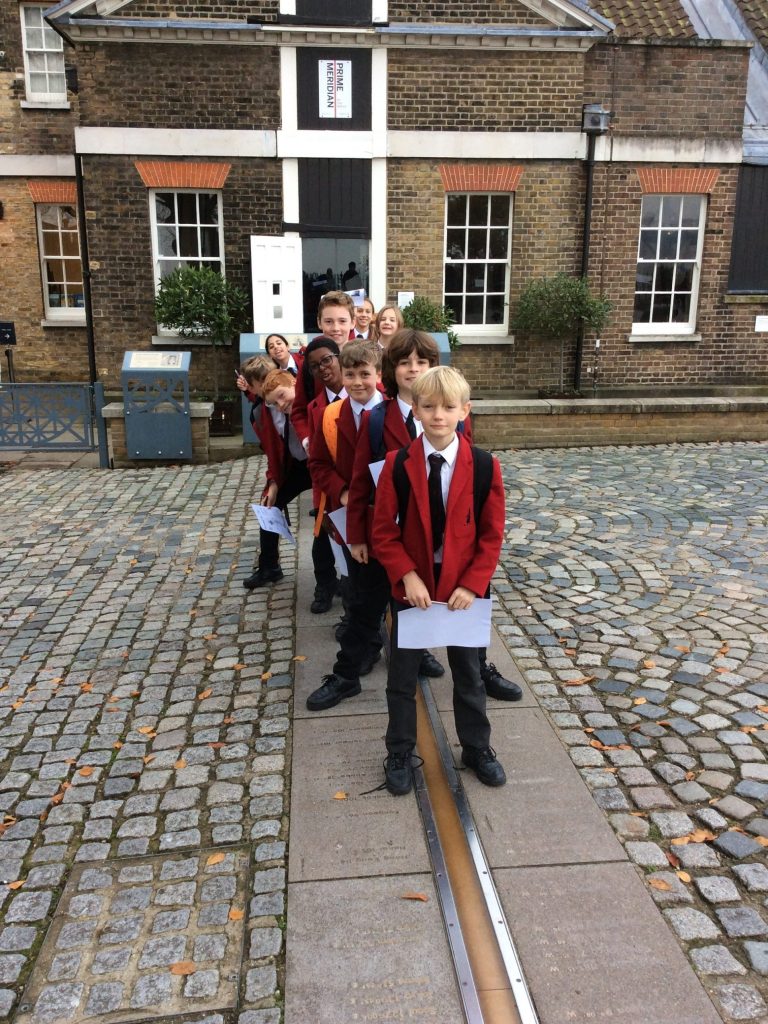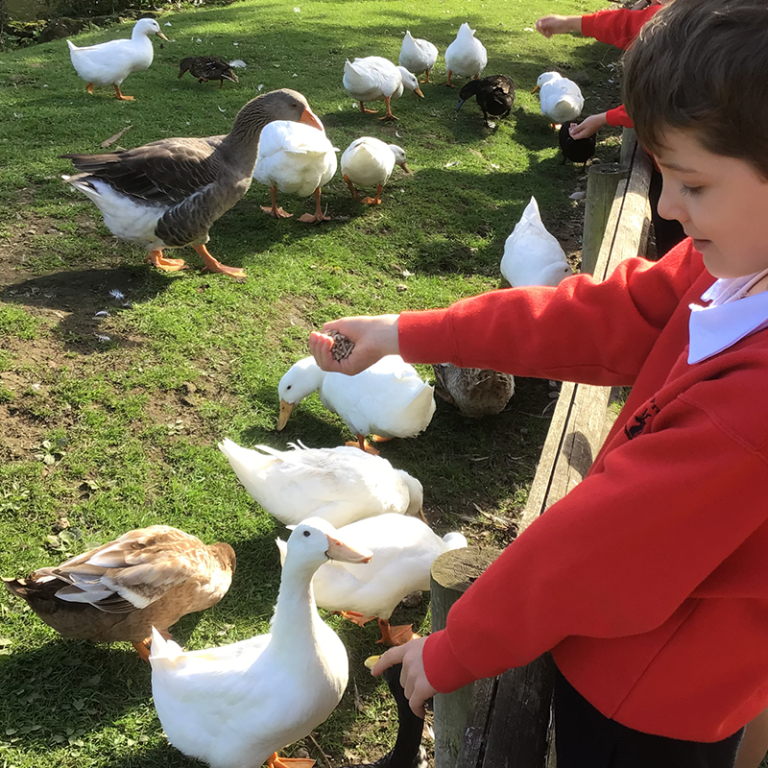Array
(
[0] => Array
(
[banner_image] => Array
(
[ID] => 218
[id] => 218
[title] => Inner Banner
[filename] => inner-banner.jpg
[filesize] => 357436
[url] => https://www.copthorneprep.co.uk/wp-content/uploads/2022/10/inner-banner.jpg
[link] => https://www.copthorneprep.co.uk/sampler-page/inner-banner/
[alt] =>
[author] => 2
[description] =>
[caption] =>
[name] => inner-banner
[status] => inherit
[uploaded_to] => 217
[date] => 2022-10-13 07:21:16
[modified] => 2022-10-13 07:21:16
[menu_order] => 0
[mime_type] => image/jpeg
[type] => image
[subtype] => jpeg
[icon] => https://www.copthorneprep.co.uk/wp-includes/images/media/default.png
[width] => 1560
[height] => 686
[sizes] => Array
(
[thumbnail] => https://www.copthorneprep.co.uk/wp-content/uploads/2022/10/inner-banner-150x150.jpg
[thumbnail-width] => 150
[thumbnail-height] => 150
[medium] => https://www.copthorneprep.co.uk/wp-content/uploads/2022/10/inner-banner-300x132.jpg
[medium-width] => 300
[medium-height] => 132
[medium_large] => https://www.copthorneprep.co.uk/wp-content/uploads/2022/10/inner-banner-768x338.jpg
[medium_large-width] => 768
[medium_large-height] => 338
[large] => https://www.copthorneprep.co.uk/wp-content/uploads/2022/10/inner-banner-1024x450.jpg
[large-width] => 1024
[large-height] => 450
[1536x1536] => https://www.copthorneprep.co.uk/wp-content/uploads/2022/10/inner-banner-1536x675.jpg
[1536x1536-width] => 1536
[1536x1536-height] => 675
[2048x2048] => https://www.copthorneprep.co.uk/wp-content/uploads/2022/10/inner-banner.jpg
[2048x2048-width] => 1560
[2048x2048-height] => 686
[small-thumbnail] => https://www.copthorneprep.co.uk/wp-content/uploads/2022/10/inner-banner-150x150.jpg
[small-thumbnail-width] => 150
[small-thumbnail-height] => 150
[medium-thumbnail] => https://www.copthorneprep.co.uk/wp-content/uploads/2022/10/inner-banner-300x300.jpg
[medium-thumbnail-width] => 300
[medium-thumbnail-height] => 300
[large-thumbnail] => https://www.copthorneprep.co.uk/wp-content/uploads/2022/10/inner-banner-768x686.jpg
[large-thumbnail-width] => 768
[large-thumbnail-height] => 686
[landscape] => https://www.copthorneprep.co.uk/wp-content/uploads/2022/10/inner-banner-1024x686.jpg
[landscape-width] => 1024
[landscape-height] => 686
[portrait] => https://www.copthorneprep.co.uk/wp-content/uploads/2022/10/inner-banner-768x686.jpg
[portrait-width] => 768
[portrait-height] => 686
[page-banner] => https://www.copthorneprep.co.uk/wp-content/uploads/2022/10/inner-banner.jpg
[page-banner-width] => 1560
[page-banner-height] => 686
[home-banner] => https://www.copthorneprep.co.uk/wp-content/uploads/2022/10/inner-banner.jpg
[home-banner-width] => 1560
[home-banner-height] => 686
)
)
)
)



